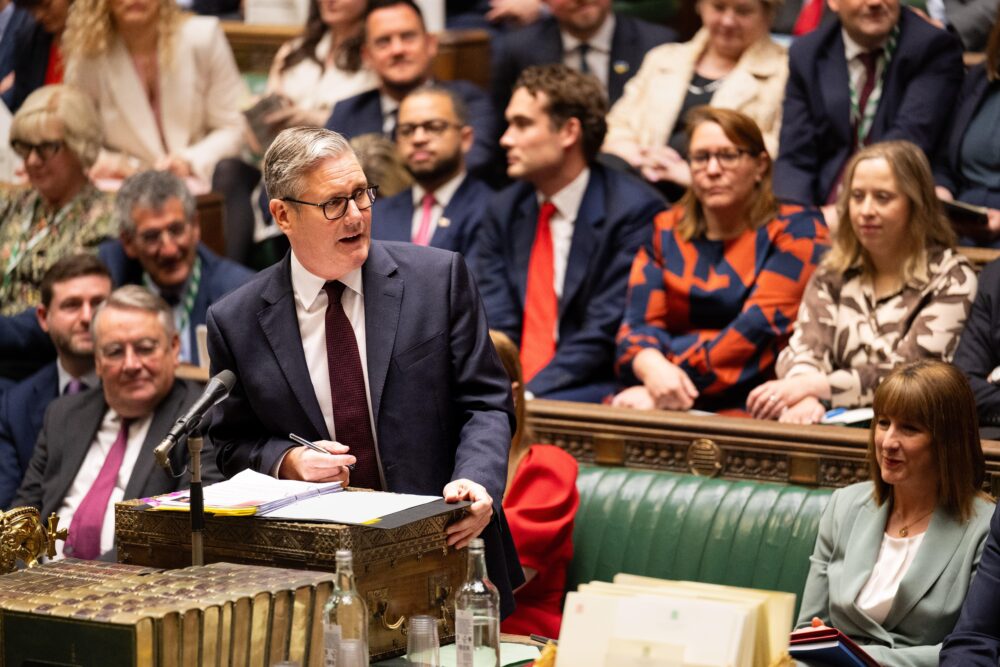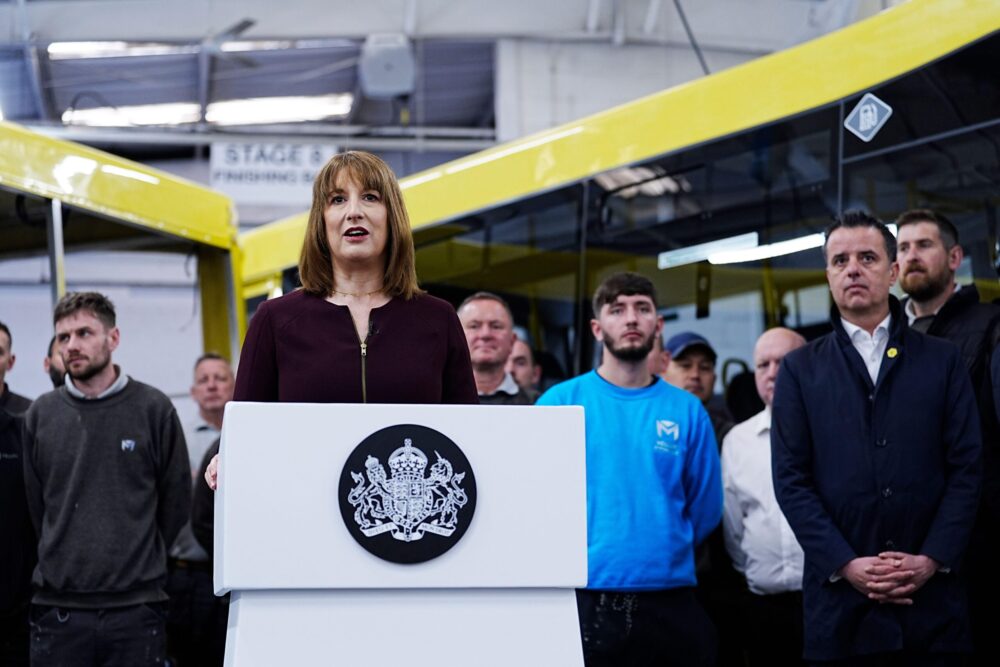
In my post-referendum poll in Scotland last Thursday I asked those who had voted No to independence which of three overarching reasons was the most important to their decision. Only just over a quarter named “a strong attachment to the UK and its shared history, culture and traditions”. Even fewer (25%) said it was that a No vote “would still mean extra powers for the Scottish Parliament together with the security of remaining part of the UK, giving the best of both worlds”.
By far the most important reason was that “the risks of becoming independent looked too great when it came to things like the currency, EU membership, the economy, jobs and prices”. Nearly half (47%) of No voters said this was their biggest consideration.
This was echoed in the more specific issues people said had played a part in their vote. The pound was the single most important of these, mentioned by more than half (57%) of all No voters. Nearly four in ten (37%) were concerned about pensions, and 36% cited the NHS (as did more than half of those who voted Yes).
As soon as I published the poll on Friday my Twitter timeline filled with indignant nationalists claiming vindication for their view that the result amounted to a victory for “Project Fear”: the campaign of humbug, scaremongering and outright lies supposedly perpetrated by the establishment and the right wing media (which apparently now includes the BBC: welcome, by the way) that successfully bamboozled the credulous.
There was also a disturbingly large number of comments to the effect that old people “who will be dead soon” – such nice people, the nationalists, don’t you find? – had trampled on the hopes of the young by selfishly voting against independence (though presumably, if young people had succeeded in abolishing the country their grandparents had known and loved, that would have been just fine). Their ire was sparked by the finding that voters aged between 16 and 54 voted Yes by 54% to 46%. Without the clear No majority among those aged 55 to 64, and the three-to-one margin for No among those aged 65 and above, the Union would have been over.
A political movement never flourishes by blaming its defeats on the media, or by deploring the motives or gullibility of the electorate. Tories have certainly been guilty of these things in the past, and I found the attitude was prevalent in the Labour movement in my post-election research in 2010.
Blaming opponents for spreading “fear” about your programme is also unlikely to get you very far. It might be more accurate to describe the No campaign as Project Reasonable Caution or Project Sensible Scepticism, but even so, fear serves a useful evolutionary purpose. I would not leap into shark infested waters, or invest in a company with a hazy business plan, and nor had I been eligible would I have voted for Scotland to become an independent country with no idea what currency it would use. Doubt was a big part of many people’s decisions but the doubts were not unfounded.
This leads to another thought prompted by my poll. If a large part of the No campaign’s victory lay in exposing the uncertainties in the nationalists’ plan, is the key to a successful campaign to cultivate doubts about the other side?
The first thing to remember is that a referendum is not the same thing as an election. That may sound obvious but it is worth remembering why. In a referendum people are asked, broadly speaking, to choose between the status quo and change. Though an element of change was also thrown in by the No side late in the campaign in the shape of The Vow, separation still inevitably remained the bigger gamble.
In an election, with a choice of futures offered by competing parties, the balance of uncertainties is more even. The challenger has the bigger job to do, which is why the most successful opposition campaigns, like Tony Blair’s in 1997, are about reassurance as much as change.
But between now and next May the Conservatives will also have to overcome people’s doubts. Though potential Tory voters accept that austerity in this parliament has been necessary, many wonder how far it will go over the next five years. It is instructive that although most would struggle to name anything specific the Liberal Democrats have achieved in government, many people, including many Conservative voters, are glad they are there to rein in the worst Tory excesses. What can they expect if this government continues after 2015, and what would the Conservatives do in office with the Lib Dem shackles removed?
It will not, therefore, be enough to cast doubt on Labour’s programme. It will be enormously tempting to make this the focus of the campaign if only because there is so much material to play with. As last week’s Ashcroft National Poll found, potential Labour voters are already wondering whether the party has learned the right lessons from its time in government and can be trusted with the public finances. They are also more than a little unsure about the idea of putting Ed Miliband in Downing Street. And as I noted in Minority Verdict, coming up with new ways to savage your opponent is much easier, and more fun, than clearly articulating your own agenda.
But to focus on Labour’s flaws without answering people’s qualms about the Conservatives would be fruitless. A large part of the reason for the incomplete victory in 2010 was that the Tories spent too long telling people that Gordon Brown was not a very good Prime Minister (something which they had largely noticed for themselves) instead of addressing their reservations about the Conservative Party and whose side it was on.
Five years later those doubts remain, especially among the new voters the Tories will need to attract for the first time if they are to remain the largest party, let alone win a majority. Each side in the referendum campaign has a lesson for the Conservatives. From the No side we see the value of understanding potential voters’ real concerns and campaigning accordingly. From the Yes side we see what happens when the questions in voters’ minds remain unanswered.


